This time around we have a rather interesting comparison for you. We’re not comparing phones that have similar price tags, not at all. In this article, we’ll be comparing the Apple iPhone 16 Plus vs OnePlus 12R. The former costs twice as much, actually. The OnePlus 12R is shooting above its price range in terms of what it offers, and this comparison could actually surprise you. Apple did omit some features that it shouldn’t have, as it usually does, like a high refresh rate display.
It will be interesting to pit these two together and see what we come up with. As per usual, we’ll first list their specifications, and will then get down to comparing them across a number of other sections. These two devices are immensely different in pretty much every way, including design. So… it should be fun. Let’s get to it, shall we?
Specs
Apple iPhone 16 Plus vs OnePlus 12R, respectively
– Screen size:
6.7-inch Super Retina XDR OLED ( flat, 60Hz, HDR, 2,000 nits)
6.78-inch LTPO4 AMOLED display (Curved, 120Hz LTPO, HDR10+, 4,500 nits)
– Display resolution:
2796 x 1290
2780 x 1264
– SoC:
Apple A18 (3nm)
Qualcomm Snapdragon 8 Gen 2
– RAM:
8GB
8GB/16GB (LPDDR5X)
– Storage:
128GB/256GB/512GB (NVMe)
128GB/256GB (UFS 3.1)
– Rear cameras:
48MP (wide, f/1.6 aperture, 1/1.56-inch sensor, 1.0um pixel size, sensor-shift OIS), 12MP (ultrawide, f/2.2 aperture, 120-degree FoV, 0.7um pixel size, PDAF)
50MP (f/1.8 aperture, 24mm lens, 1.0um pixel size, OIS, PDAF, Laser AF), 8MP (ultrawide, f/2.2 aperture, 16mm lens, 1.12um pixel size), 2MP (macro, f/2.4 aperture)
– Front cameras:
12MP (f/1.9 aperture, PDAF, 1/3.6-inch sensor size,)
16MP (f/2.4 aperture, 26mm lens, 1.0um pixel size)
– Battery:
4,674mAh
5,500mAh
– Charging:
30W wired, 25W MagSafe wireless, 15W Qi2 wireless, 7.5W Qi wireless, 4.5W reverse wired (charger not included)
100W wired (charger included)
– Dimensions:
160.9 x 77.8 x 7.8 mm
163.3 x 75.3 x 8.8mm
– Weight:
199 grams
207 grams
– Connectivity:
5G, LTE, NFC, Wi-Fi, USB Type-C, Bluetooth 5.3
– Security:
Face ID (3D facial scanning)
In-display fingerprint scanner (optical) & facial scanning
– OS:
iOS 18
Android 14 with OxygenOS 14
– Price:
$899+
$429+
– Buy:
Apple iPhone 16 Plus (Apple)
OnePlus 12R (Best Buy)
Apple iPhone 16 Plus vs OnePlus 12R: Design
The moment you see these two devices you’ll realize the different approaches these companies had. The iPhone 16 Plus is made out of metal and glass, and it’s a lot flatter overall. It has a flat front, flat back, and flat frame all around. Only its corners are rounded. The OnePlus 12R is made out of metal and glass too, but its front and back are curved. Yes, it has a curved display. Its frame is far from being flat.
The iPhone 16 Plus has a pill-shaped cutout on the front and uniform bezels. The OnePlus 12R includes a display camera hole, which is centered, so a much smaller cutout. It also has thin bezels, but they’re not uniform. However, the OnePlus 12R does have a higher screen-to-body ratio, hence thinner bezels. On the back, you’ll find two vertically-aligned cameras on the iPhone 16 Plus, in the top-left corner. OnePlus’ handset has three cameras which are a part of a camera oreo, in the top-left corner too.
Apple’s handset has more buttons overall. It includes a power/lock button on the right, along with a Camera Control button. On the left, it includes volume rocker keys and an Action Button. The OnePlus 12R has a power/lock key on the right, right below the volume up and down buttons. On the left, you’ll find an alert slider. Both phones are water and dust-resistant, but the iPhone 16 Plus comes with a better IP68 rating, compared to the IP64 rating the OnePlus 12R offers.
OnePlus’ handset has a slightly larger display, and the phone is taller, narrower, and thicker than the iPhone 16 Plus. It’s also 8 grams heavier, by the way. The in-hand feel between the two is vastly different, though both are quite slippery.
Apple iPhone 16 Plus vs OnePlus 12R: Display
There is a 6.7-inch 2796 x 1290 Super Retina XDR OLED display included on the iPhone 16 Plus. That panel is flat, and it has a 60Hz refresh rate, so not a high refresh rate. It supports HDR10 content, and Dolby Vision too. The peak brightness here is 2,000 nits, and the screen-to-body ratio is 88%. The display aspect ratio is 19.5:9, while the Ceramic Shield glass protects this display.

The OnePlus 12R, on the flip side, has a 6.78-inch 2780 x 1264 LTPO4 AMOLED display. That panel is curved, and it offers a 120Hz refresh rate. It can project up to 1 billion colors, and it supports HDR10+ content and Dolby Vision. The peak brightness here is 4,500 nits, while the screen-to-body ratio is around 91%. The Gorilla Glass Victus 2 from Corning is here to protect this panel.
Both of these displays are vivid and have great viewing angles. Both of them are also more than sharp enough and have good touch response. The thing is, the OnePlus 12R’s panel does get a bit brighter, and it also offers a high refresh rate. If you notice the difference between refresh rates, and the vast majority of people do, that will be a considerable jump. Do note the display curvature difference here too. The OnePlus 12R technically has a better display out of the two. Apple, for some reason, decided to stick with a 60Hz panel, which is difficult to understand considering the price tag here.
Apple iPhone 16 Plus vs OnePlus 12R: Performance
Apple’s handset is fueled by the Apple A18 processor, the company’s 3nm chip. Apple paired that with 8GB of RAM and NVMe flash storage. The OnePlus 12R, on the flip side, is fueled by the Snapdragon 8 Gen 2 chip, a 4nm processor. The phone also includes up to 12GB of LPDDR5X RAM and UFS 3.1 flash storage. Apple’s handset does have a more powerful chip here.
The performance between the two is basically on par in terms of everyday use. Both phones are very snappy regardless of what you do with them. It’s actually a real chore getting either phone to slow down. They’re great for general app use, browsing, multimedia consumption, messaging, and so on. The iPhone 16 Plus will have an edge when it comes to truly demanding games, but in all honesty, we did not really notice much of a difference.
The OnePlus 12R was able to run basically any game that we threw at it from the Google Play Store, without a problem. The Snapdragon 8 Gen 2 may be inferior, but it’s still an outstanding processor capable of running basically any game, with ease. So… even though the iPhone 16 Plus will likely have a longer shelf life, at the moment, the two phones are on par in terms of performance feel when you actually use them.
Apple iPhone 16 Plus vs OnePlus 12R: Battery
Apple’s handset has a 4,674mAh battery on the inside. The OnePlus 12R, on the other hand, includes a 5,500mAh unit. Apple’s iPhones usually have smaller batteries than their Android counterparts, so don’t pay too much attention to the capacity itself. With that being said, both of these smartphones are battery monsters. The OnePlus 12R offers outstanding battery life, but the iPhone 16 Plus is a tough competitor.
The iPhone 16 Plus has one of the best battery life results out there at the moment, so it does trump the OnePlus 12R. However, regardless of which of the two phones you end up getting, chances are you’ll be more than happy. Even if you’re a power user both of these phones have enough juice to get you through the day. Getting over 7 hours of screen-on-time is not much of a problem, especially on the iPhone 16 Plus, at least from what we’ve seen.
In terms of charging, the iPhone 16 Plus is more versatile, but the OnePlus 12R wipes the floor with it in terms of sheer charging speed. The OnePlus 12R supports 100W wired charging, while the iPhone 16 Plus offers 30W wired, 25W MagSafe wireless, 15W Qi2 wireless, 7.5W Qi wireless, and 4.5W reverse wired charging. Do note that only the OnePlus 12R ships with a charger, though.
Apple iPhone 16 Plus vs OnePlus 12R: Cameras
The iPhone 16 Plus comes with a 48-megapixel main camera (1/1.56-inch sensor) and a 12-megapixel ultrawide unit (120-degree FoV). The OnePlus 12R, on the flip side, includes a 50-megapixel unit (1/1.56-inch sensor), an 8-megapixel ultrawide camera (112-degree FoV), and a 2-megapixel macro shooter. Both phones do a good job with photography, but neither is close to competing with the very best.

The OnePlus 12R misses Hasselblad’s color calibration, but despite that, it manages to provide really good results. There’s not much to complain about its main camera performance, across different scenarios, the images end up looking really good, and somewhat contrasty. The iPhone 16 Plus does provide images with warmer tones, though it also does a good job across the board. The images do end up looking different, and the ones in low light, a hair darker.
In regards to the ultrawide camera, the iPhone 16 Plus wins. It simply provides better images in almost every way. They end up providing more details and end up being better-balanced. The macro camera on the OnePlus 12R is forgettable, 2-megapixel macro cameras should not be a thing, at all. In regards to video, that’s an easy win for the iPhone 16 Plus, even though the OnePlus 12R can shoot solid video content.
Audio
Both of these smartphones have a set of stereo speakers. Those speakers are actually rather good, and more than loud enough. In fact, they’re very close in terms of overall loudness, and output quality too.
There is no audio jack on either phone. You can, however, hook up your audio headphones to the Type-C port on either devices. If you prefer wireless audio, Bluetooth 5.3 is supported by both smartphones.

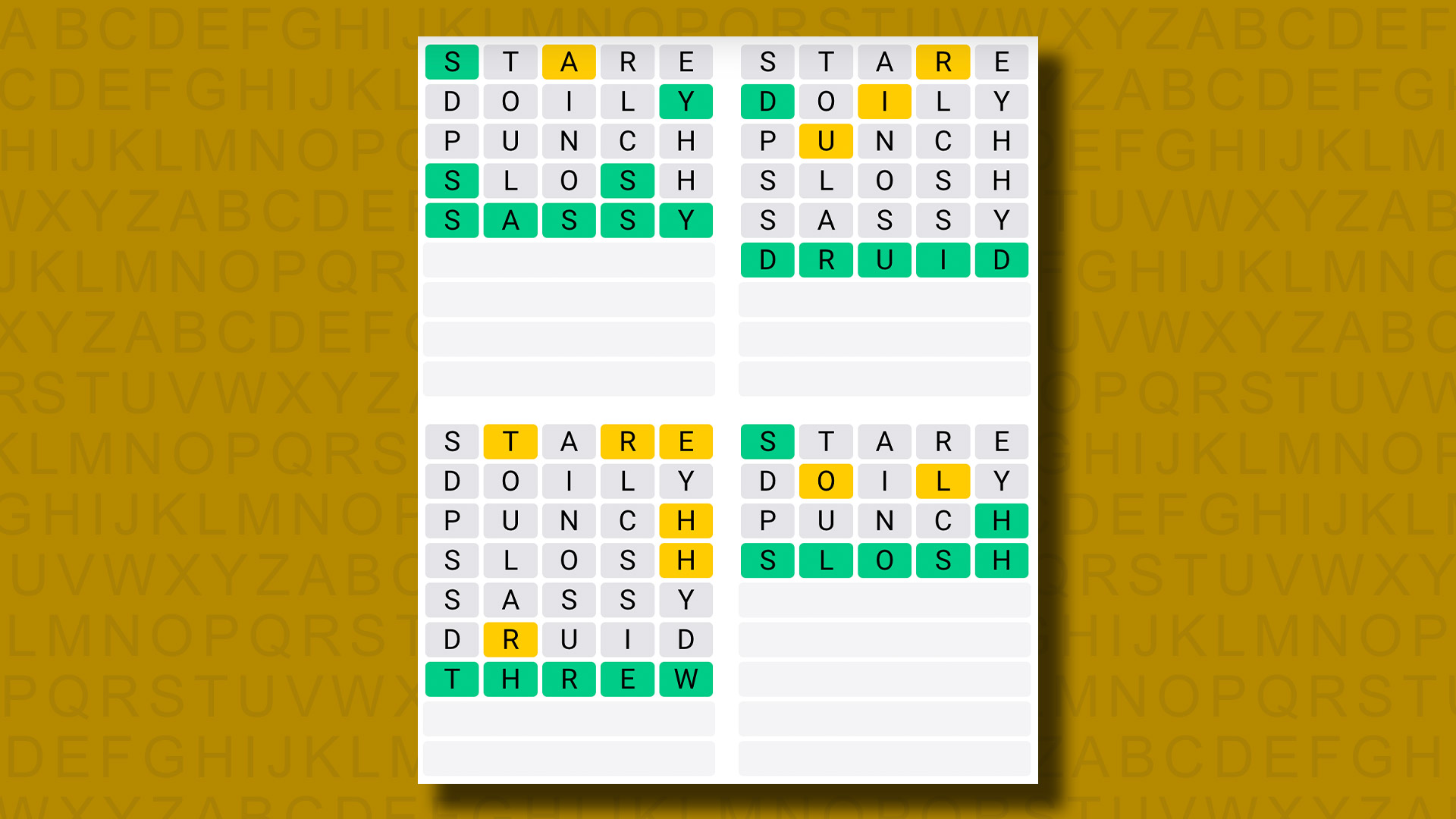
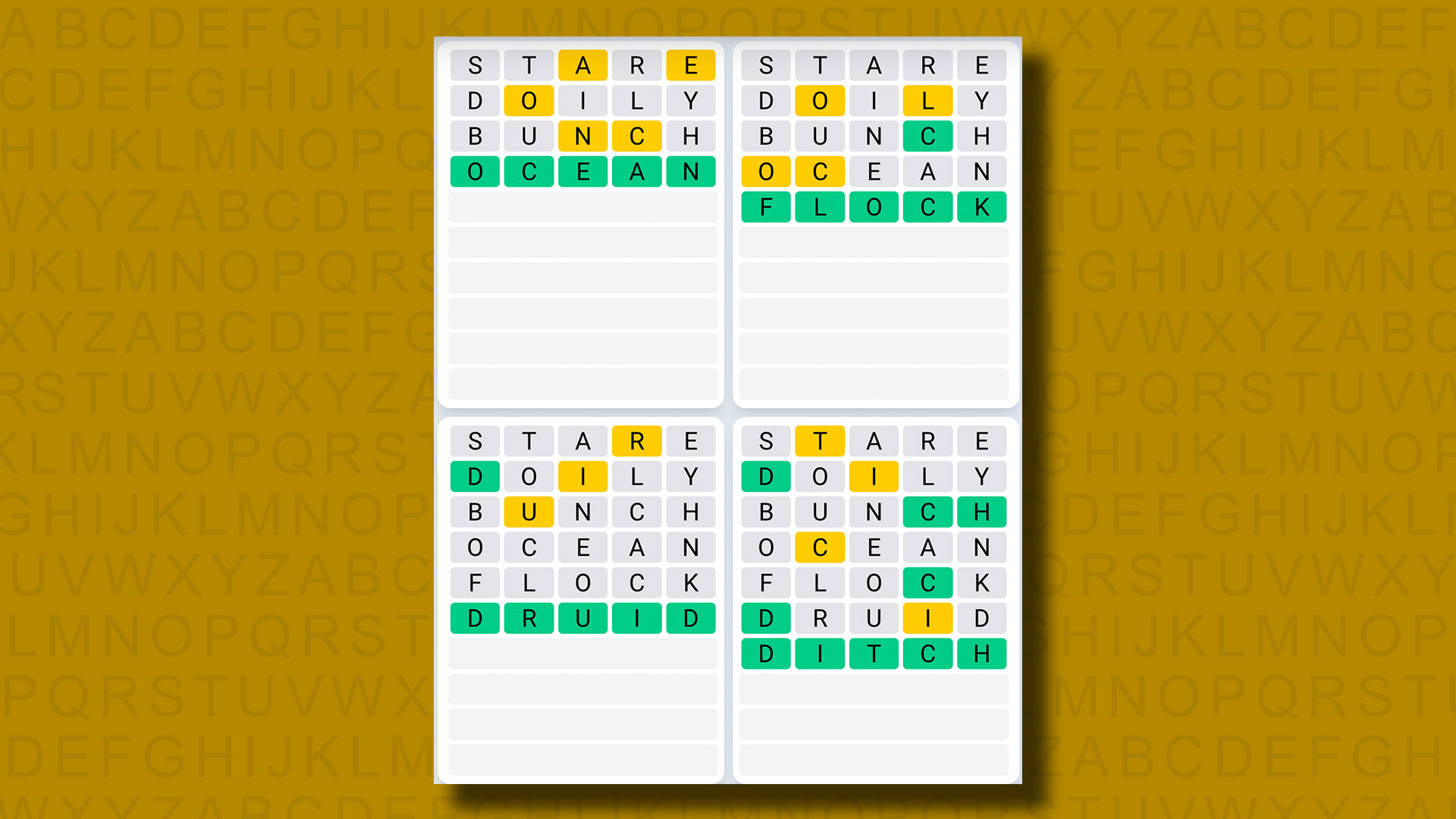

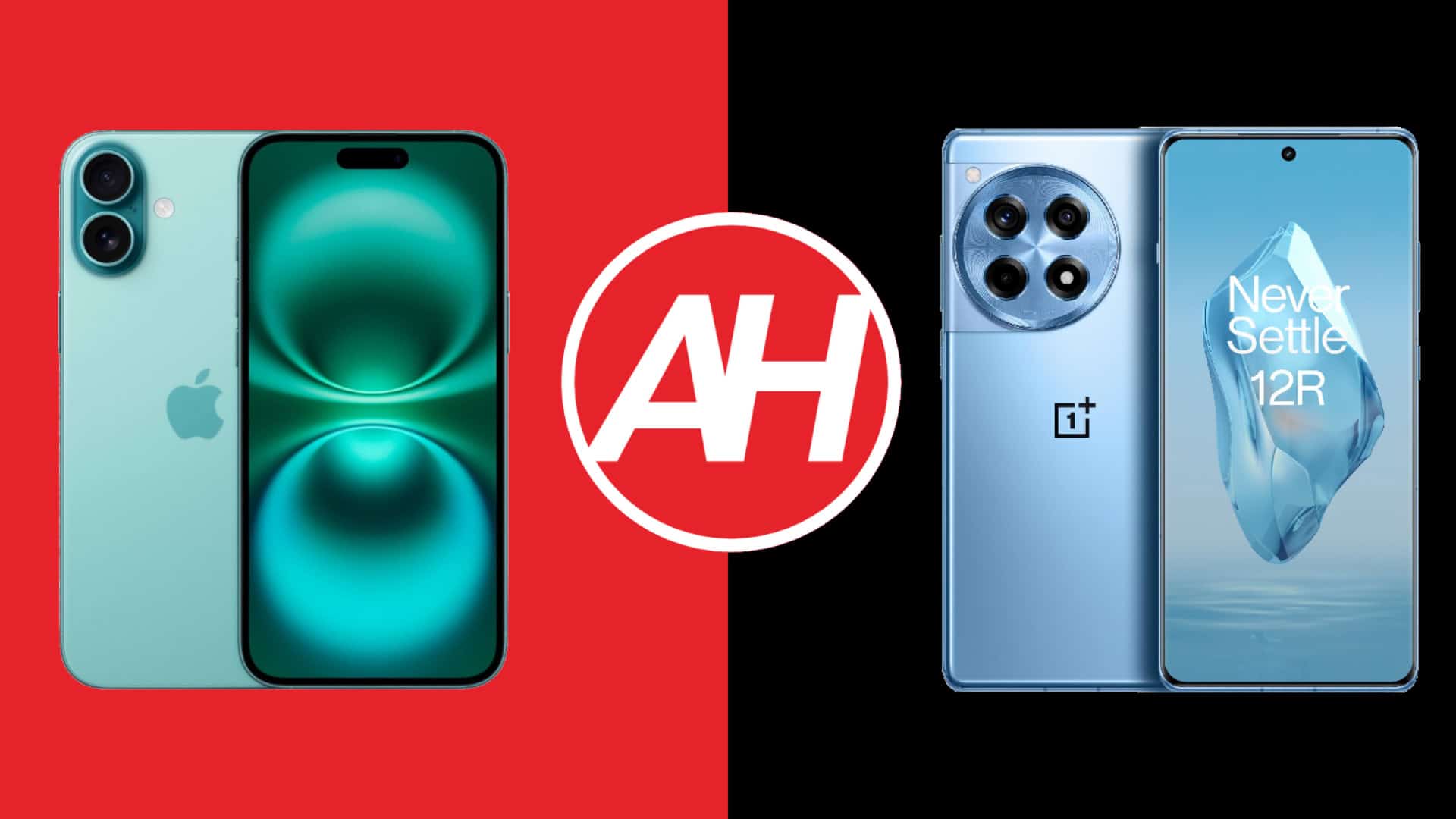


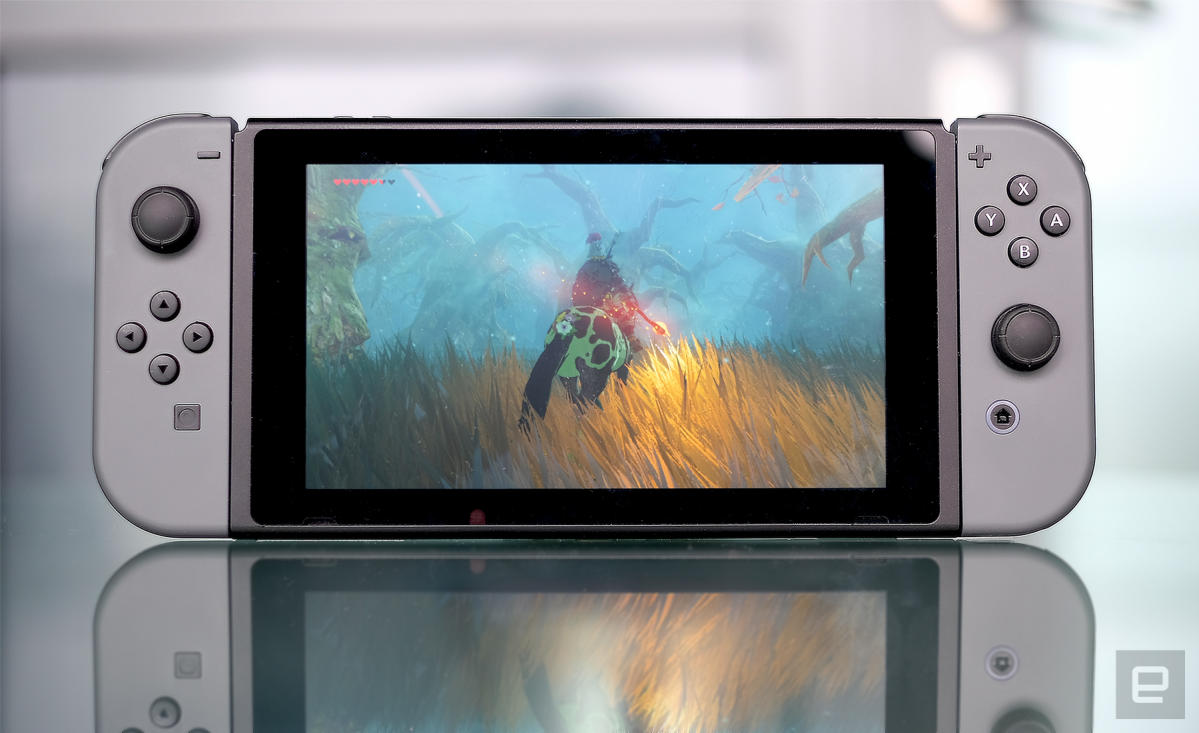


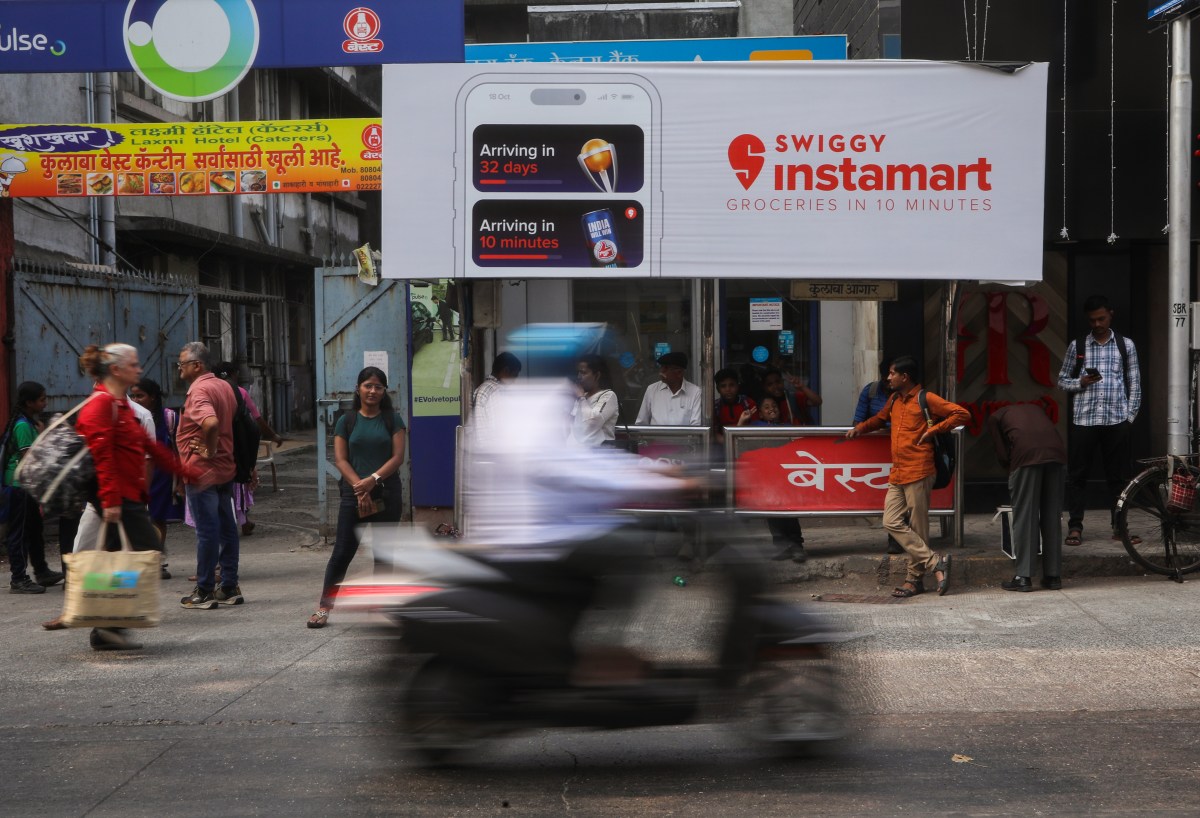

































































































































































You must be logged in to post a comment Login